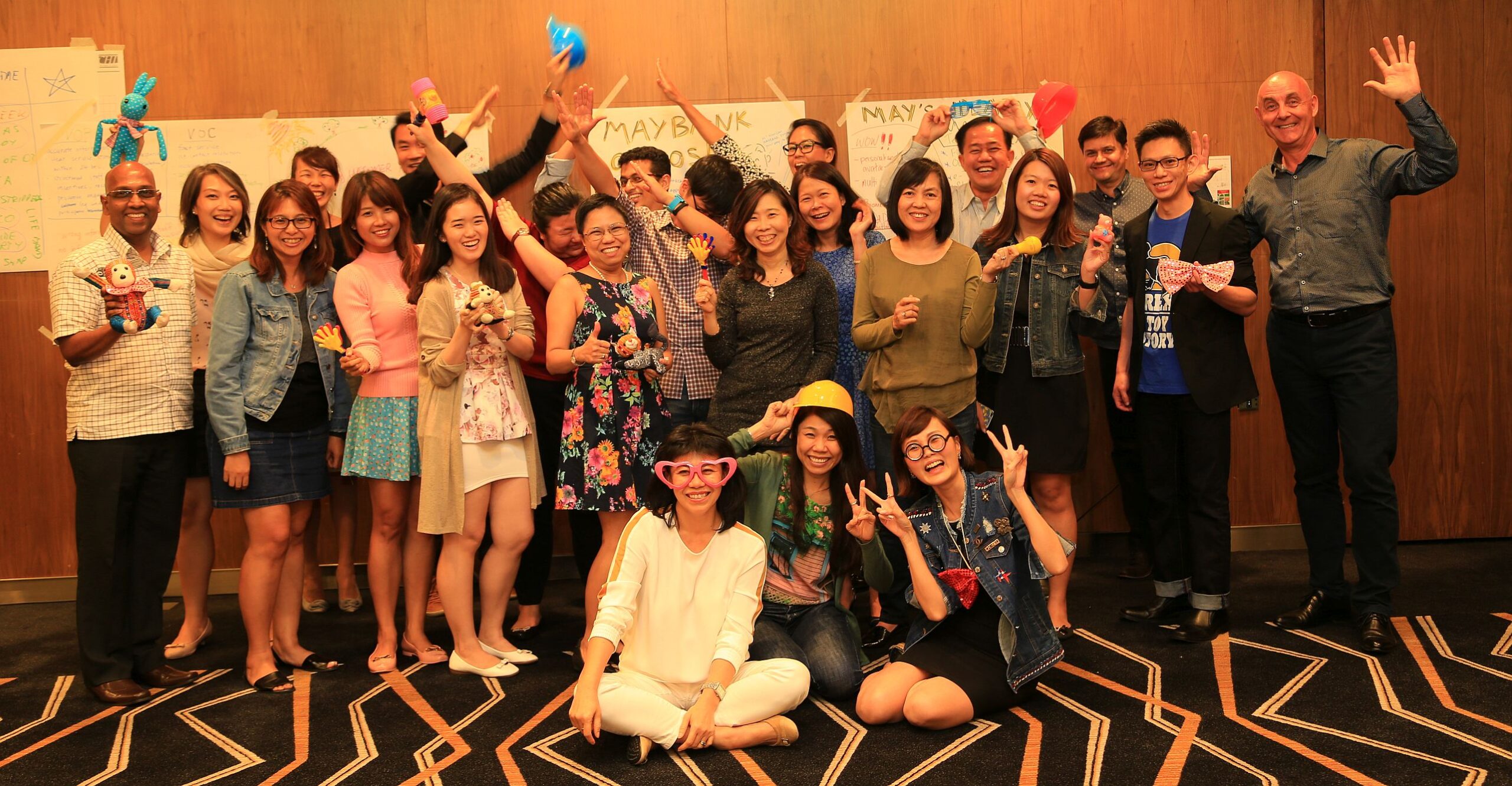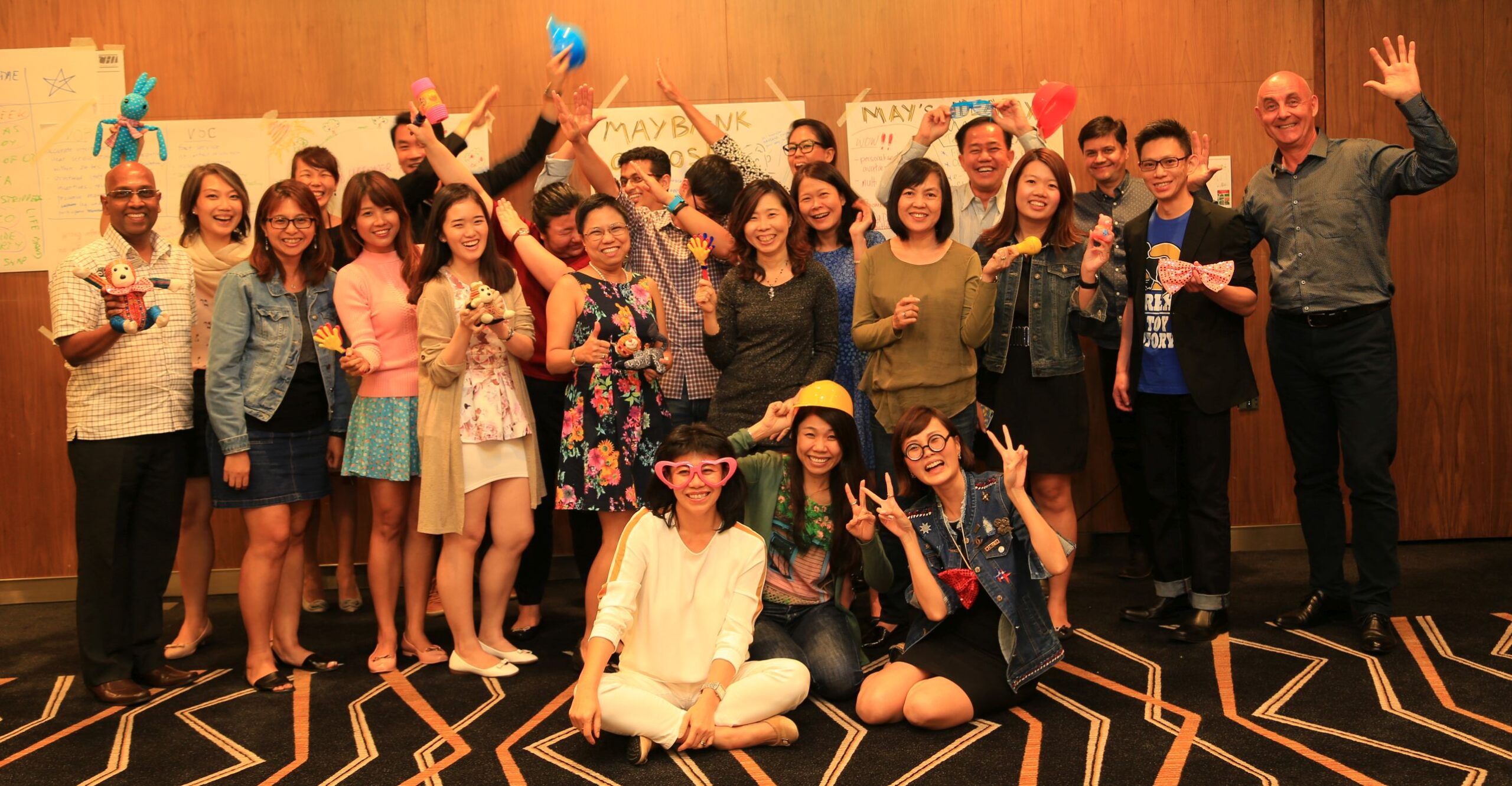What is Innovative Work Behaviour?
“But my job does not require me to be creative. I am not sure why I need to attend this workshop”, was the statement we received recently from a participant of one of our Innovation and Productivity workshops. This was not the first time.
Innovative work behaviour of their employees is on top of the wish list of almost all managers nowadays (Drucker). Certainly, just sending employees for creativity and innovation workshops is hardly enough to heighten their innovative work behaviour (IWB).
Explore opportunities for innovation, i.e. actively look for the need for an innovative change,Generate creative ideas to satisfy this need,Champion these ideas , i.e. promote them to colleagues and managers andImplement these ideas , i.e. turn them into solutions and help realising them, either directly or as member of a team.
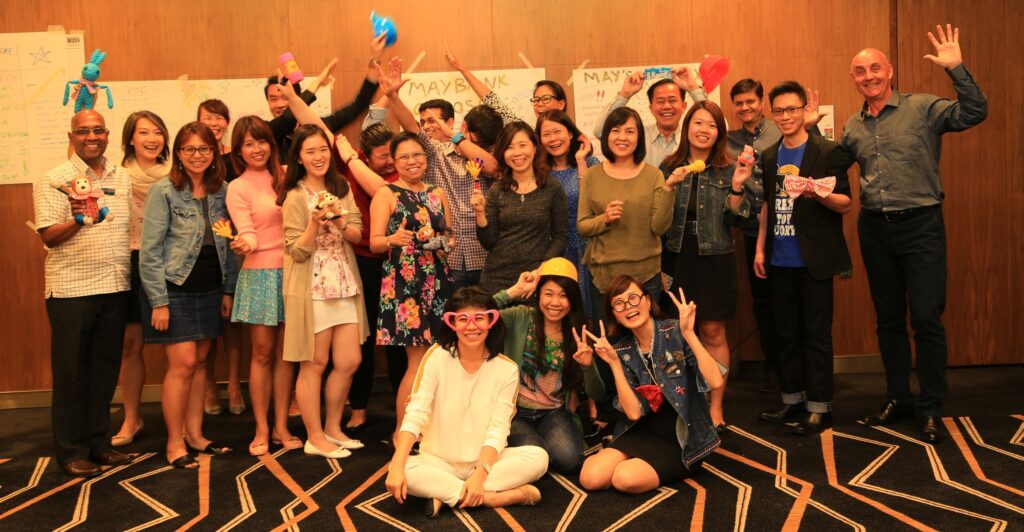
Study of Drivers for Innovative Work Behaviour
An ongoing study with about 1,100 participants from private (49%) and government (51%) organisations has been showing the following findings consistently.
- he strongest driver for employees’ innovative work behaviour is their
creative role-identity , i.e. the employees’ identify themselves as creative workers in the organisation. For example, if someone works in an R&D role they may identify themselves as creative. To the contrary, if someone works in a compliance role, they may not. This factor is supported by their perception on their own creativity and its use for their work (β = 0.79). This applies especially on the steps “exploring opportunities” and “generating ideas”. - The second strongest relationship with IWB is employees’ perception on the
behaviour of their managers , i.e. whether they expect ideas being supported and their efforts recognised by their supervisors. - Another significantly related driver is employees’ perception of the
support
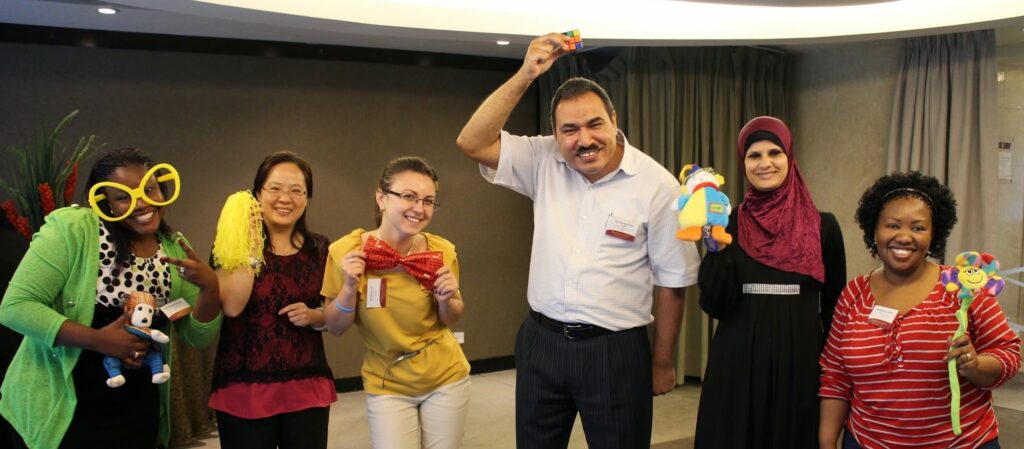
My Role Does Not Require Me To Be Creative
How often do we tell our staff that part of their job is to innovate? We keep talking about the need for innovation in our organisation. Do we really make clear that this involves everyone?
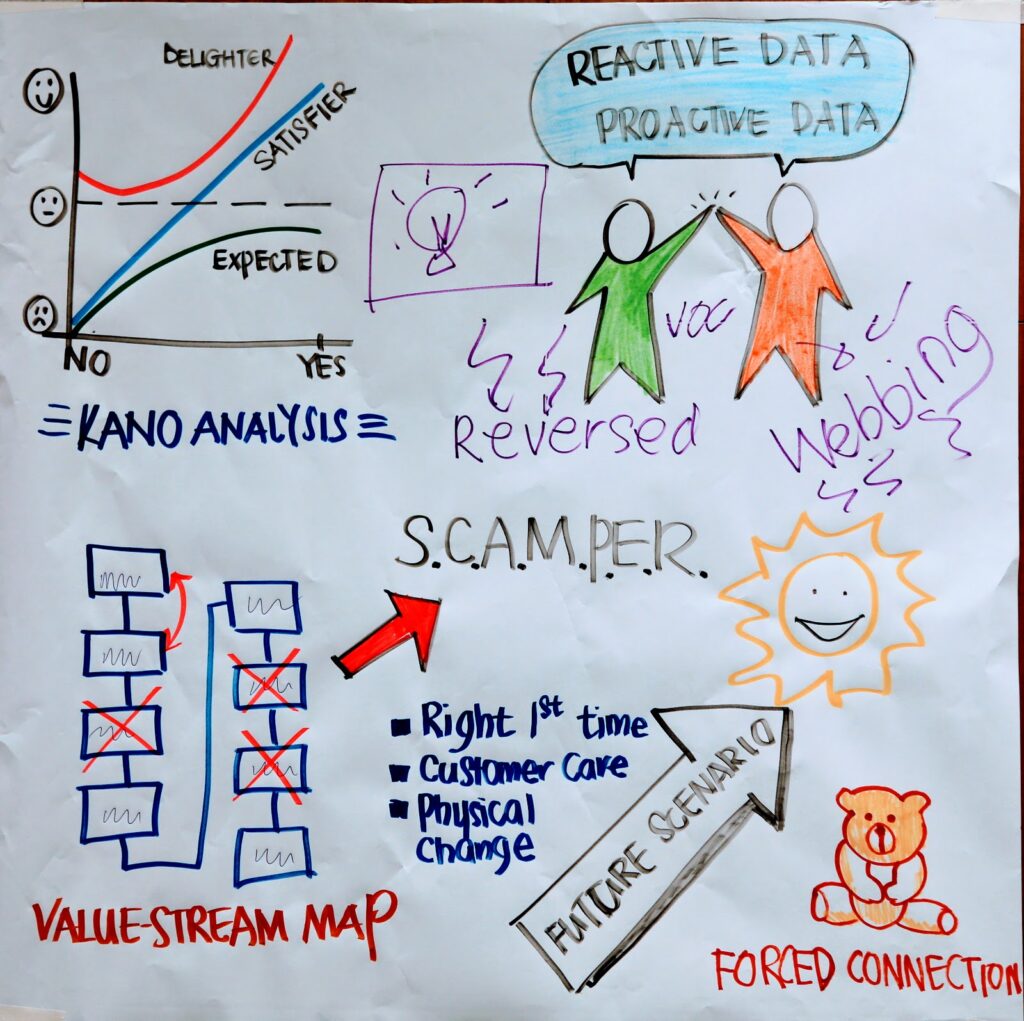
Steps Towards Innovative Work Behaviour
1. Establish an Innovation Performance Expectation: Provide the Motivation
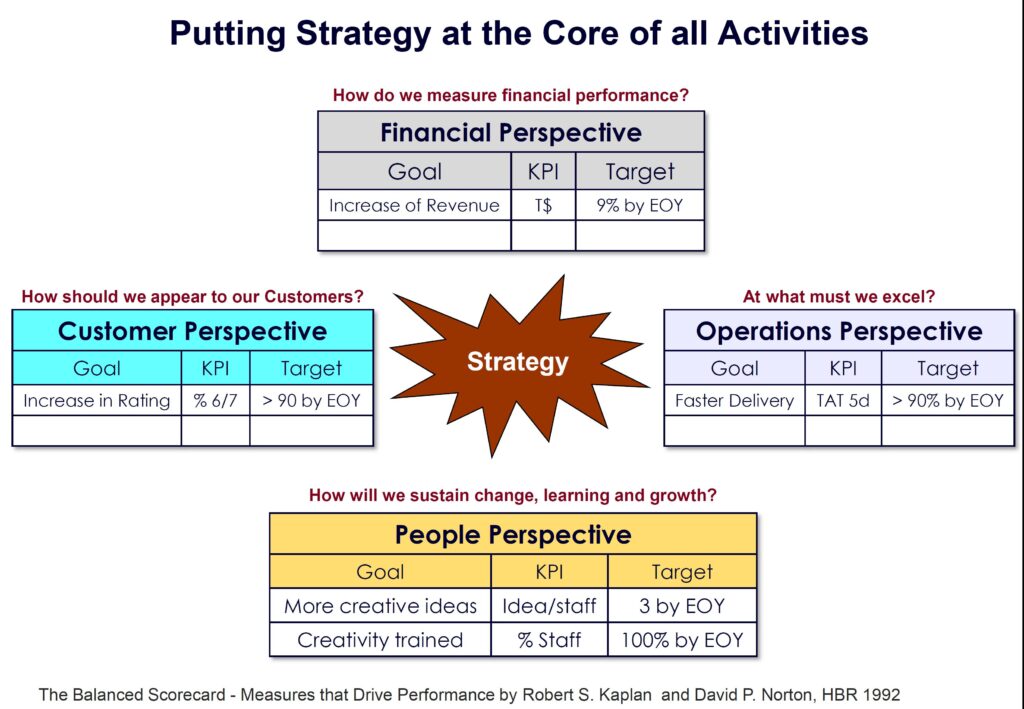
2. Train to Cultivate Innovation Behaviours: Sharpen the Skills
Firstly, organisations can develop entrepreneurial and creative behaviours within the workforce by providing training and coaching in innovation processes and skills, i.e. our Innovation and Change Management or Innovation and Productivity.
However, innovation training is only effective if employees are given the freedom to apply the new knowledge and skills they have acquired (Lean Innovation Training – LIT). Similarly, innovation requires a set of analytical and business skills that differ from traditional, tactical skills.
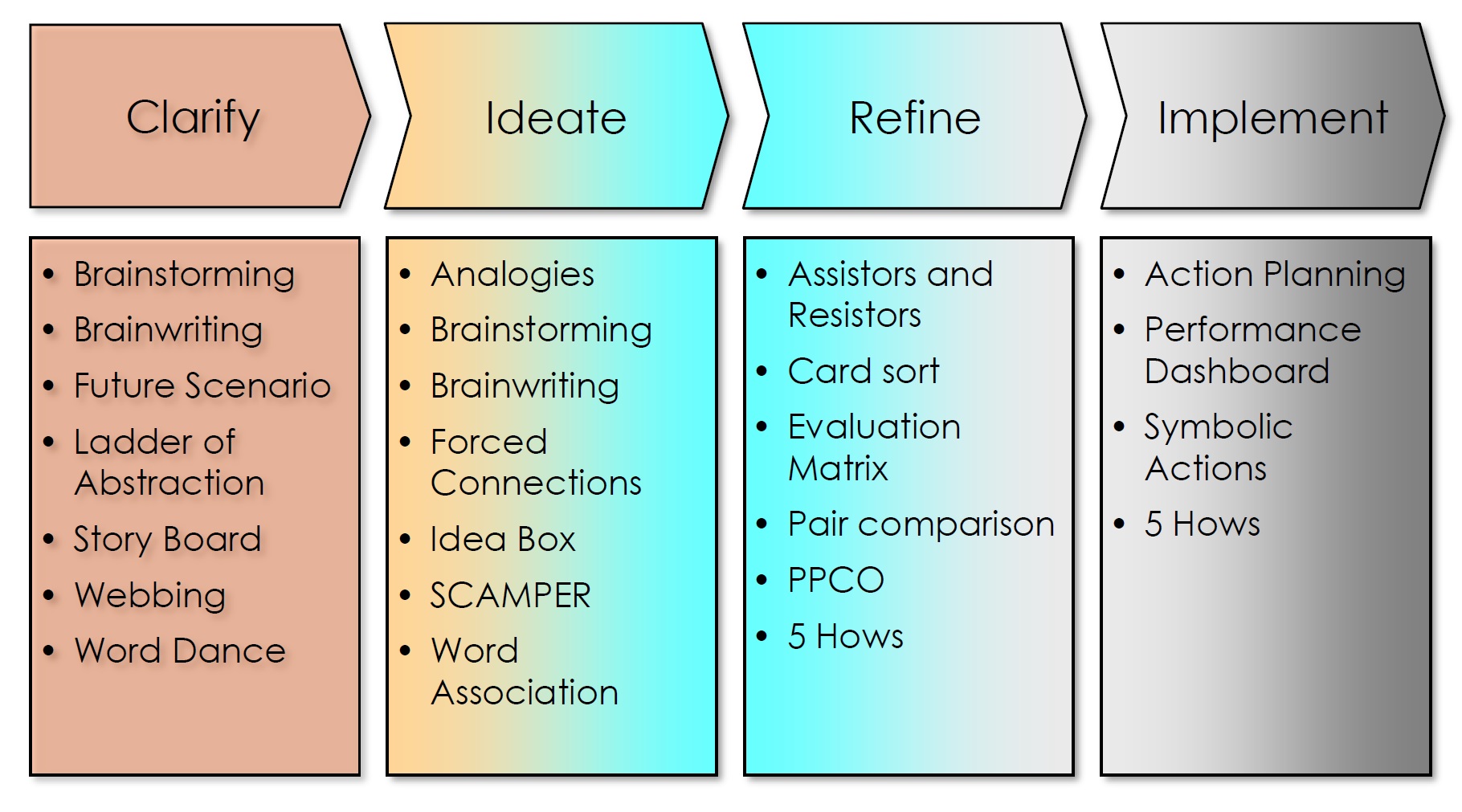
3. Encourage a Risk Tolerant Climate: Provide Opportunities
You can foster a culture of risk-taking by giving employees a chance to recover from failures and by providing them with encouragement to create new ventures. The former CEO of General Electric encouraged risk-taking: “You can make mistakes! But, make sure you and the organisation learn from these mistakes to avoid them next time!”
Conclusion
Consequently, if Innovative Work Behaviour should become integral part of an organisation, it should first be seen as an important part of the organisational system. Only then, individual development plans including behaviour building activities on topics like Innovation and Creativity will be developed, accepted and implemented.
And, if your employees have the motivation, possess the means and feel the encouragement, they will certainly show innovative work behaviour as Yu Jin did.
- All Posts
- Innovation
